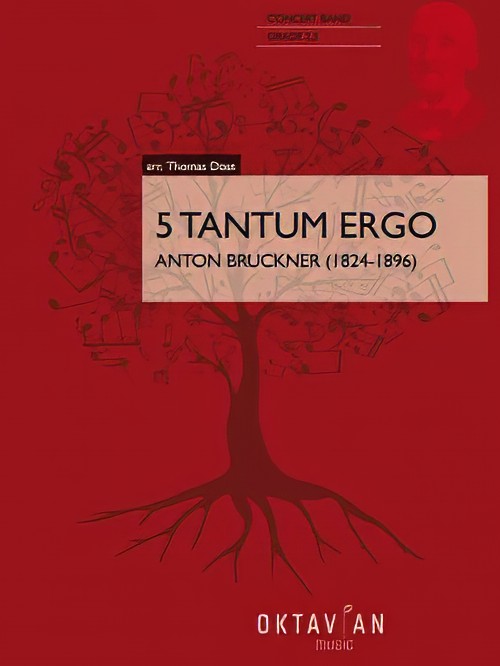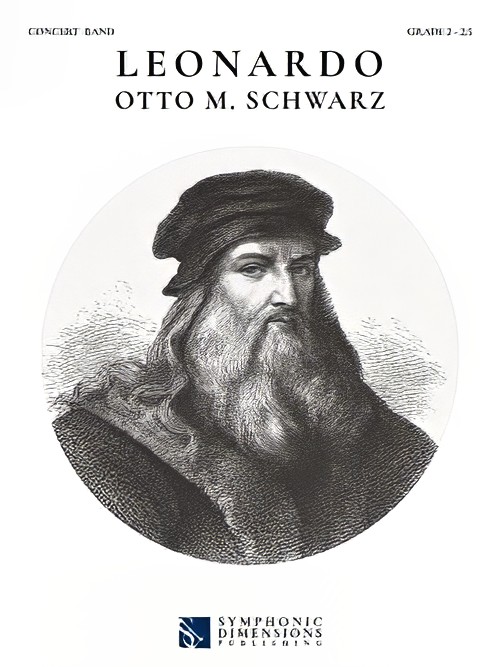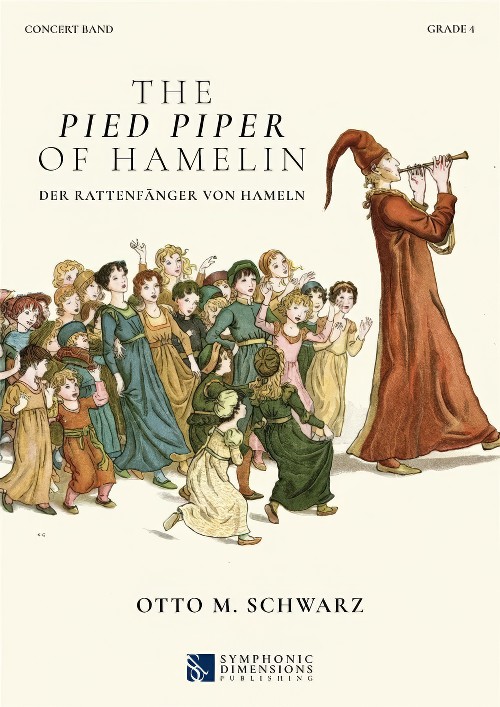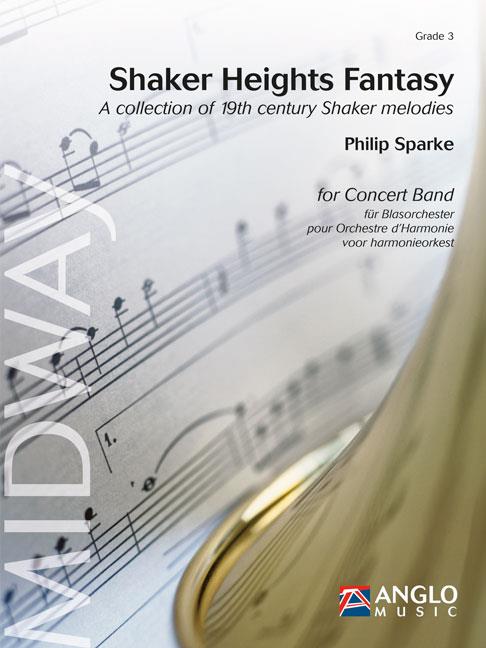Results
-
£202.99
Nazca Lines - Satoshi Yagisawa
The Nazca lines are a series of geoglyphs located in the Nazca Desert, a high arid plateau that stretches more than 80 km (50 miles) between the towns of Nazca and Palpa on the Pampas de Jumana in Peru.The glyphs are believed to have been created by the Nazca culture between 200 BC and AD 700. They include hundreds of individual figures, ranging in complexity from simple lines to stylized hummingbirds, spiders, monkeys, etc... The creators of the lines and why they were made are unknown. Though many theories exist, such as sun calendars or alien guidance, one by Maria Reiche, German-born mathematician and archaeologist, suggesting that "Ancient people drew geoglyphs of constellations that are most related to water" fascinated me the most.The renderings are explained as part of a practice involving the worship of deities associated with the availability of water, and thus the fertility of crops. The lines were interpreted primarily as sacred paths leading to points of worship and the figures were of sacred animals and objects to invoke their aid. Also, a massive, exactly symmetric arrow more than 50 km long was discovered when NASA launched its Landsat imagery. This geoglyph can only be seen from space. Was this also created by ancient people?(Satoshi Yagisawa)
Estimated dispatch 7-14 working days
-
 £95.99
£95.995 Tantum Ergo (Concert Band - Score and Parts) - Bruckner, Anton - Doss, Thomas
Anton Bruckner (b. 4.9.1824, Ansfelden, d. 11.10.1896, Vienna) didn't have it easy. Throughout his life, the Austrian composer was plagued by self-doubt. Anton Bruckner came from a simple, rural background. After the death of his father, he was accepted as a choirboy at the monastery of Sankt Florian in 1837. After several years as a school assistant and his own organ and piano studies, he first worked as organist in St. Florian, then from 1855 as cathedral organist in Linz. Introduced to music theory and instrumentation by Simon Sechter and Otto Kitzler, he discovered Richard Wagner as an artistic role model, whom he admired throughout his life and also visited several times in Bayreuth. In 1868 Anton Bruckner became professor of basso continuo, counterpoint and organ at the Vienna Conservatory; ten years later court organist; and in 1891 finally honorary doctor of the University of Vienna. He was considered an important organ virtuoso of his era, but had to wait a long time for recognition as a composer. It was not until Symphony No.7 in E major, composed between 1881 and 1883, with the famous Adagio written under the effects of Wagner's death, that he achieved the recognition he had hoped for, even if he was reluctant to accept it given his inclination towards scepticism and self-criticism. Anton Bruckner was a loner who did not want to follow a particular school or doctrine. He composed numerous sacred vocal works, such as his three masses, the Missa Solemnis in B flat minor (1854), the Te Deum (1881-84) and numerous motets. As a symphonic composer, he wrote a total of nine symphonies and many symphonic studies from 1863 onwards, tending to revise completed versions several times over. Bruckner's orchestral works were long considered unplayable, but in fact were merely exceptionally bold for the tonal language of their time, uniting traditions from Beethoven through Wagner to folk music, on the threshold between late Romanticism and Modernism. Hymns for four-part mixed choir a cappella (1846, St. Florian) No. 1 in E flat major (WAB 41/3): Quite Slow No. 2 in C major (WAB 41/4): Andante No. 3 in B flat major (WAB 41/1): Slow No. 4 in A flat major (WAB 41/2): Slow Hymn for five-part (SSATB) mixed choir and organ No. 5 in D major: Solemnly They are simple works, completely subordinate to their liturgical use, which nevertheless already show numerous characteristics of personal expression. These small pieces were able to stand up to the harsh scrutiny of the mature master: in 1888, Bruckner subjected them to a revision in which he made only minor corrections.Duration: 11.00
Estimated dispatch 7-14 working days
-
 £78.50
£78.50Leonardo (Concert Band - Score and Parts) - Schwarz, Otto M.
Leonardo da Vinci (1452-1519) was a painter, sculptor, inventor, philosopher and researcher. He is renowned as the original 'Renaissance Man'. 'I will preserve the memory of myself in the minds of others' was one of his maxims. Among his most famous works of art are the Mona Lisa, The Last Supper and the Vitruvian Man. He left an extensive collection of handwritten documents in his notebooks. These books, known as codices, survive in various volumes such as the Codex Atlanticus, Codex Madrid, Codex Trivulzianus etc.). They include sketches of ground-breaking inventions as well as studies and commentaries which span the gamut of human study. The left-handed da Vinci wrote the texts in mirror writing. Through wars and other upheavals, the documents were scattered throughout Europe and much of his work disappeared. Leonardo da Vinci wanted to leave a kind of encyclopaedia for posterity and, although it is estimated that up to 80% of his manuscripts were lost, some 6,000 individual documents survive to this day, the contents of which in many cases were only understood centuries later.Duration: 6.00
Estimated dispatch 7-14 working days
-
 £163.99
£163.99The Pied Piper of Hamelin (Concert Band - Score and Parts) - Schwarz, Otto M.
Stories, sagas and legends--who among us don't know them? Always delivered with a tinge of brutality, these cautionary tales are a legacy of moral education from times past: inquisitive children alone in the forest are generally eaten by a witch; the 'Soup-Kasper' of Hoffmann's Struwwelpeter dies from starvation rather than eating his soup; anyone letting in strangers usually gets devoured; anyone who plays with matches gets burned; and thumb-suckers get their thumbs cut off. The list of unfortunate demises is almost endless.In the tale of The Pied Piper of Hamelin, parents lose their children through greed, ridicule, scorn and a failure to appreciate art. There is still a street in the town of Hamelin in which neither drumming nor playing has not been allowed since 130 children disappeared into a mountain, never to be seen again. This composition by Otto M. Schwarz opens with exactly this scene, taking us back to the year 1284. As in many towns at the time, Hamelin in Germany suffered with hygiene problems--rats and mice began to multiply rapidly, and the town was overrun with the plague. There appeared a man dressed in colourful clothes who promised the locals to free them from this burden. They agreed and settled on a fee. Then the man pulled out a pipe and began to play. When the rats and mice heard this, they followed him. He led the animals into the Weser River, where they all drowned. Back in town, the people refused to pay him. They didn't recognise this man's skills and knowledge and were only prepared to pay for simple labour. A pact with the devil was made, which led to the Pied Piper leaving the town in a furious rage. One Sunday, when many people were at church, he returned, took out his flute and began to play. The town's children were so enchanted by his playing that they followed him. He led them out of the town and disappeared with them forever into a mountain forever. Of all the children, only two survived--however one was mute, and one was blind. In the street from which the children left Hamelin, music may no longer be played in memory of this event. The work may be performed in two different versions: 1. Purely instrumental (without narrator)--the GPs (pauses) must be kept short 2. With narrator--he speaks in the GPs but not during the music.Duration: 14.15
Estimated dispatch 7-14 working days
-
 £141.99
£141.99Shaker Heights Fantasy (Concert Band - Score and Parts) - Sparke, Philip
The Shakers were a sect who, in the 18th Century, sailed out from England to America. Right into the late 19th Century, the numerous songs of this community were handed down orally, until they were written down in various volumes of song collections. Philip Sparkes fantasy for wind band is based on a selection of these beautiful, captivatingly simple songs.Duration: 9:30
Estimated dispatch 7-14 working days
-
£34.95
March - Rosehill - Albert Jakeway
March - Rosehill was composed by the conductor of the Rosehill band, a one Colonel Albert Jakeway and was named after the premises that were occupied by the Salvation Army's Assurance Society when they were evacuated during the World War 2. It is a majestic march that will find good use in a performance or marching band.
Estimated dispatch 7-14 working days
-
£74.95
Sonata for Clarinet No.2 in Eb - Score and Parts - Johannes Brahms
This clarinet sonata was composed in 1894 for clarinetist Richard Mu?hlfeld. This was an interesting time in Brahms' life as he vowed he would retire from composing in 1890 but after he heard a performance of the Weber clarinet concerto No.1 and the Mozart clarinet quintet he so admired the soloist that he felt he should come out of retirement and compose 2 clarinet sonatas for him. These were completed in 1894 and first performed in a private concert in September of that year. These 2 sonatas were the last chamber pieces he composed before his death.
Estimated dispatch 7-14 working days
-
£14.95
Sonata for Clarinet No.2 in Eb - Score only - Johannes Brahms
This clarinet sonata was composed in 1894 for clarinetist Richard Mu?hlfeld. This was an interesting time in Brahms' life as he vowed he would retire from composing in 1890 but after he heard a performance of the Weber clarinet concerto No.1 and the Mozart clarinet quintet he so admired the soloist that he felt he should come out of retirement and compose 2 clarinet sonatas for him. These were completed in 1894 and first performed in a private concert in September of that year. These 2 sonatas were the last chamber pieces he composed before his death.
Estimated dispatch 7-14 working days
-
Forgotten Children - Peter Meechan
Forgotten Children is a short work for wind orchestra and electronic accompaniment. Adapted from it's original form (for brass quartet and CD, Forgotten Children was written for The Desert Winds and their conductor Chuck Maguire, to whom the piece is dedicated.Whilst conceiving the piece, the subject of the war in Syria dominated news headlines, specifically the refusal by Western nations to intervene. There were, of course, political reasons at the heart of the decision, complicated by a situation that no one understood in a country no one understands. The harrowing images of chemical weapons being used on children was seemingly not enough to persuade the West that their help was needed, but those silent voices fell on even deafer ears. They were, and still are, the Forgotten Children.Please download the electronic accompaniment below.
Estimated dispatch 5-14 working days
-
£103.00
Fanfare for an occasion (CB) - Morten J. Wallin
'Fanfare for an Occasion' was composed as an entry to the 'International Brass Band Composer Competition 2020' organized by Andrew Wainwright. Adjudicators were James Curnow, Dr. Liz Lane and Paul Hindmarsh. There were some 92 entries and Fanfare for an Occasion was awarded 2nd place. It has since been revised and scored for Concert Band and Fanfare Band.
Estimated dispatch 7-14 working days
